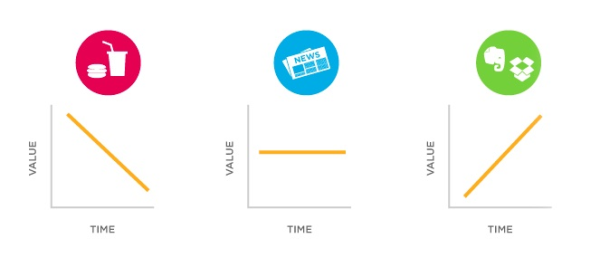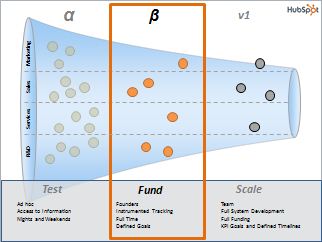HubSpot has a unique culture. We hire people who are thoughtful, smart and fight for what they think is right. And we try to hire as many as possible of them. Our core tool for deliver great value to our customers, is to have great leaders in the company.
It turns out (not unsurprisingly) that these type of leaders don't like to be told what to do. They want direction on where the company is headed, but not directions on how to get there. As Dharmesh likes to say - they want to be inspired, not managed.
To that end I find the best leaders at HubSpot do 3 things really well:
- Obsess over creating a vision (with a matching set of high goals)
- Obsess over driving alignment around those goals
- Empower people with the freedom to achieve those goals
And they do this regardless of where they are in the company - not just 'managers'. In fact, some of our best leaders are not 'managers' at all and have zero people reporting to them.
- Anyone at HubSpot can set and sell a vision at a certain level - there are no offices, everyone's calendar is open to be booked for coffee, and we have an active wiki where ideas are shared and debated. It takes a lot of selling, but the opportunity to be heard is there.
- Many people drive alignment through direct reporting relationship (and may complain when its not there) - but there are other (often better) tools to drive alignment including: Managing meeting agendas, creating regular reports, adjusting commissions or compensation structures, and running internal contests
- Finally most managers can empower people to achieve their goals by getting out of the way. Often its as simple as asking 'who owns this project' - and once that person is identified, funneling all questions through that person. If they see a roadblock ask again 'who owns this project', and make a decision. At HubSpot we call this person a DRI - Designated Responsible Individual.





 operations efforts of making processes more efficient and collecting hoards of information to report on the success of those initiatives:
operations efforts of making processes more efficient and collecting hoards of information to report on the success of those initiatives: